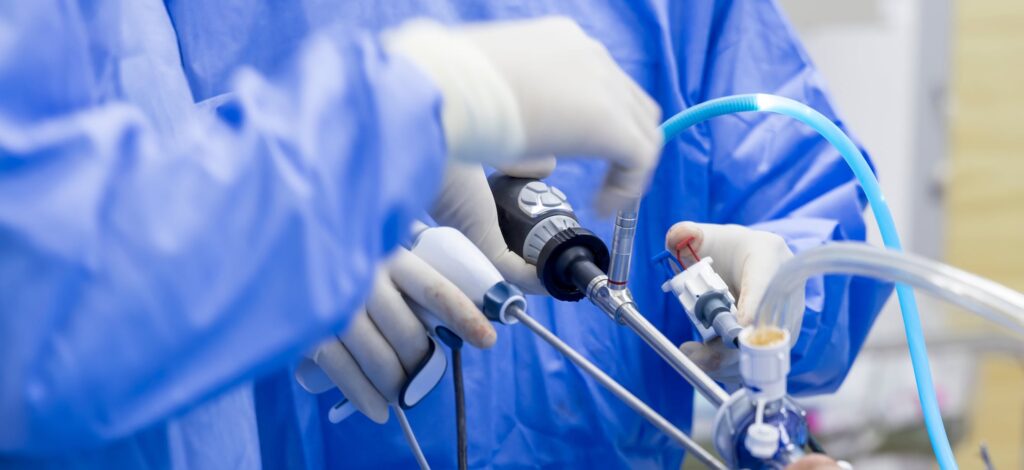We’re all fairly familiar with the bladder and the function it serves in our urinary system. As a storage organ for urine, the bladder has very stretchy muscles that allow it to expand and hold urine before it is expelled from the body.

Sometimes, the tissues in the bladder can turn malignant and result in bladder cancer.
The 3 most common types of bladder cancer are:
In Singapore, bladder cancer is more common among older men. It is the 7th most common cancer in Singapore. Most patients are aged 50 years and older.
Bladder cancer is closely associated with risk factors such as:
Contrary to popular belief, holding your bladder does not cause bladder cancer. It can, however, cause other urinary issues. Smoking remains the biggest risk factor for bladder cancer, making someone 3 times more likely to get bladder cancer than someone who doesn’t.
The most common symptom of bladder cancer is blood in the urine (haematuria), and this symptom is often present in other urinary issues, like kidney stones or an infection. This makes a thorough diagnosis important. Other symptoms to take note of include:
If you experience any of the above, please seek medical attention immediately.

Bladder cancer can certainly be cured is diganosed early. Treatment for bladder cancer depends on the stage of the cancer, location, and the patient’s general medical background and fitness for surgery.
It is important to note that the earlier the cancer is detected (in its early stages), the more options there are for minimally invasive treatment and possibly, better outcomes.
Some modalities for treatment include:
1. Transurethral resection of bladder tumour (TURBT)
TURBT can be used to diagnose, stage and treat bladder cancer in its early stages. The procedure involves the use of an endoscope, which is inserted through the urethra and into the bladder.
The surgeon uses a special wire loop to then remove the tumour tissue one piece at a time. Electrocautery helps remove the tumour and stop the bleeding.
After TURBT, patients may also receive chemotherapy / immunotherapy via a catheter inserted directly into the bladder. Therapeutic agents include mitomycin C and BCG (Bacille Calmette Guerin) immunotherapy.
2. Surgical removal of whole or part of bladder
Surgery can involve partial (partial cystectomy) or complete (radical cystectomy) removal of the bladder.
3. Radiation therapy is another treatment modality used to treat bladder cancer. It uses high energy x-ray beams to kill cancer cells, or to halt their growth. It is often given together with chemotherapy. Chemotherapy is a systemic treatment used in treating muscle-invasive muscle cancer or bladder cancer that has spread to other parts of the body. It serves to kill off cancer cells and may be given before or after the surgery.
Seeking medical attention promptly and getting an early diagnosis (and treatment) lead to the best outcomes. As such, it is important to keep a mindful watch of your urinary habits and seek medical attention if any unusual symptoms arise.
No issue is too small. Contact any of our friendly staff and we will get back to you as soon as possible.
Reach out to us for expert urological care.
For enquiries, leave a message and our friendly team will get in touch with you.
For urgent enquiries after office hours, call or WhatsApp us at (65) 9835 0668.
Monday – Friday: 9:00AM – 5:00PM
Saturday: 9:00AM – 12:30PM
Sunday & Public Holiday: CLOSED
Reach out to us for expert urological care.
For enquiries, leave a message and our friendly team will get in touch with you.
For urgent enquiries after office hours, call or WhatsApp us at (65) 8082 1366.
Monday – Friday: 9:00AM – 1:00PM | 2:00PM – 5:00PM
Weekends & Public Holidays: CLOSED

© 2025 All Rights Reserved | Assure Urology & Robotic Centre | Terms & Conditions